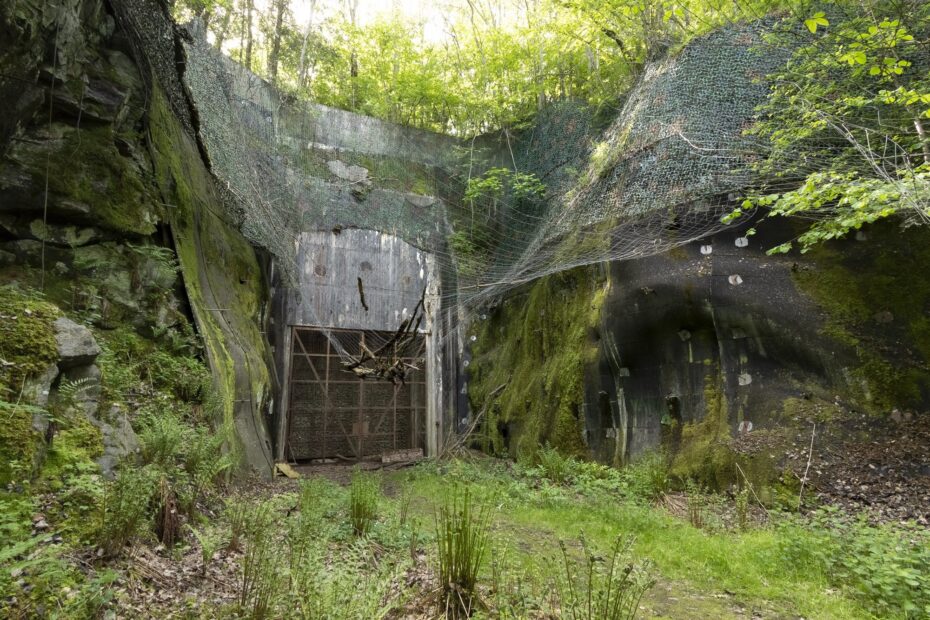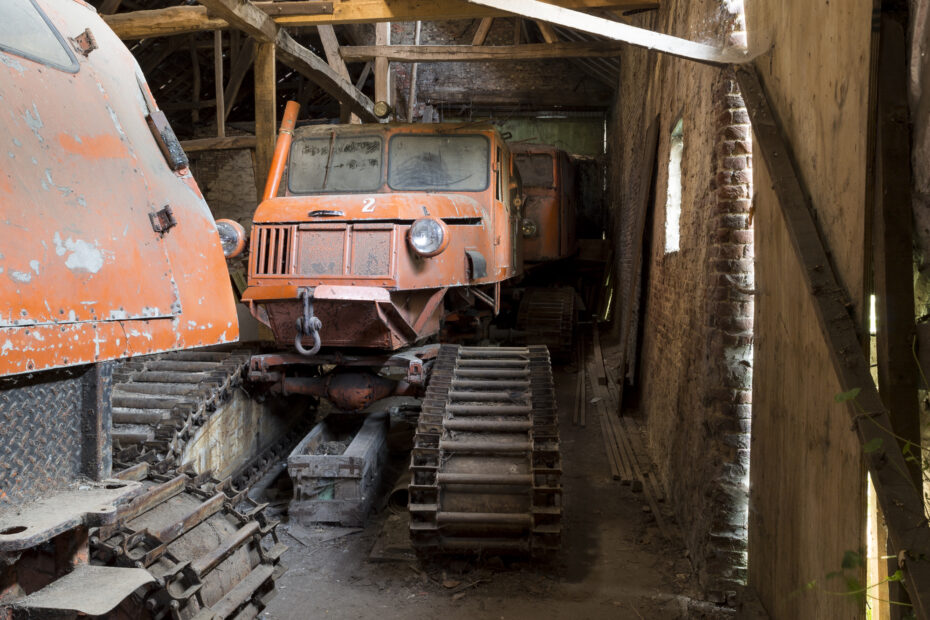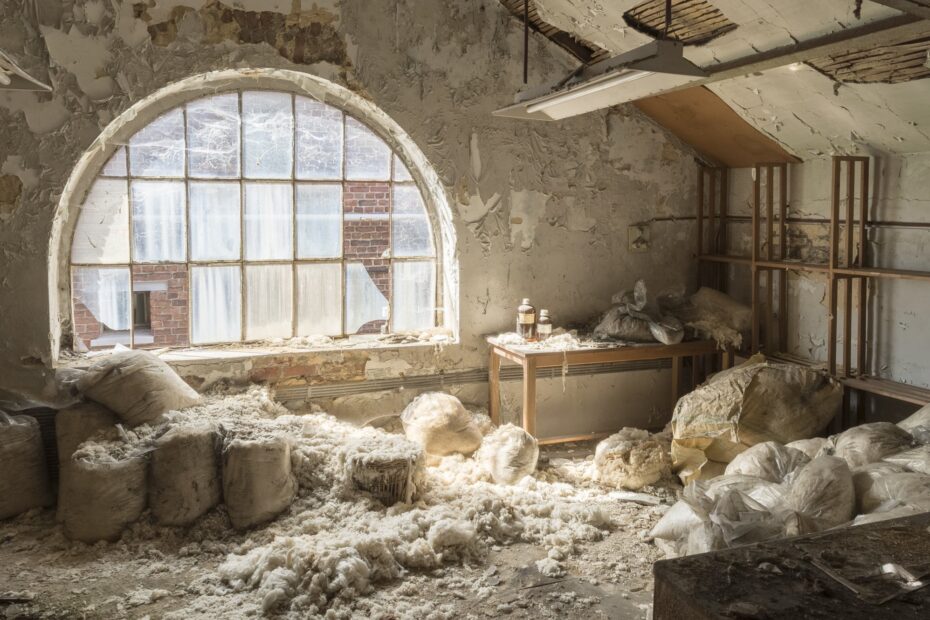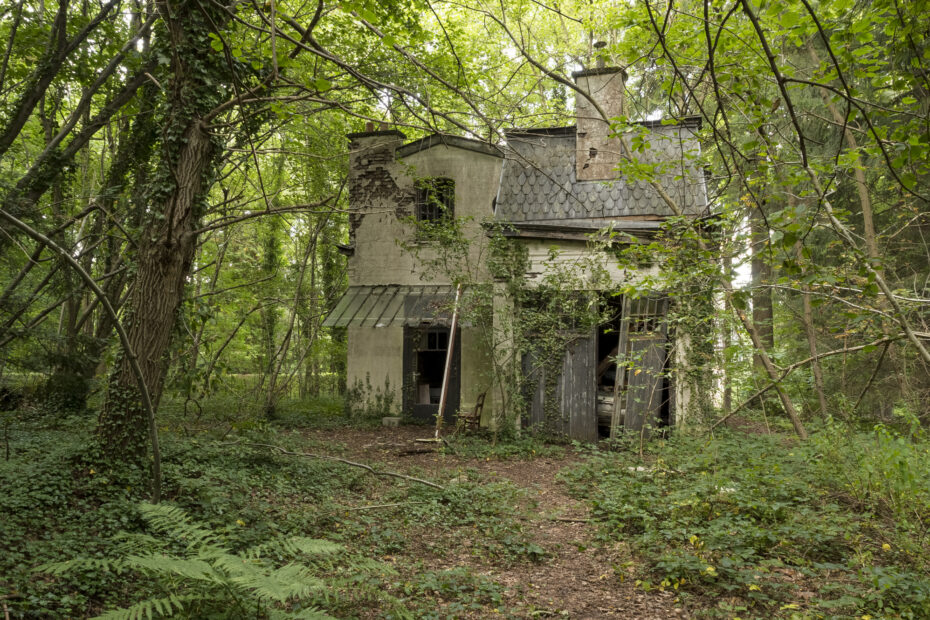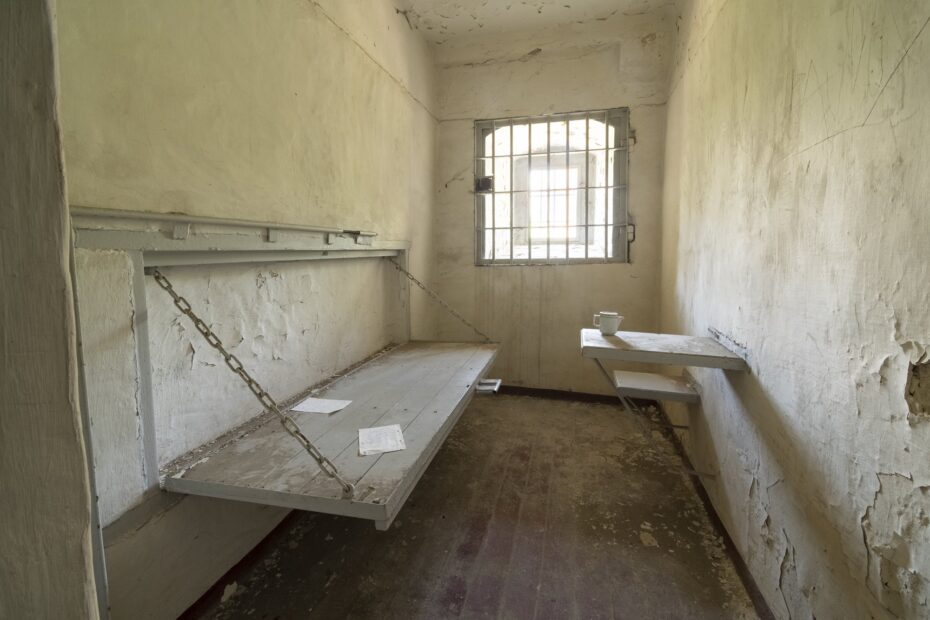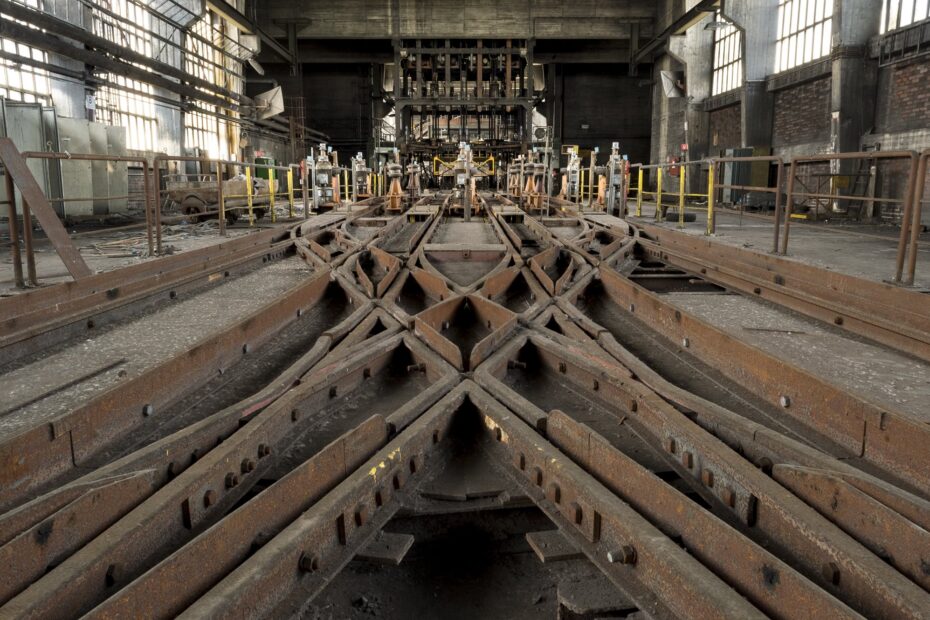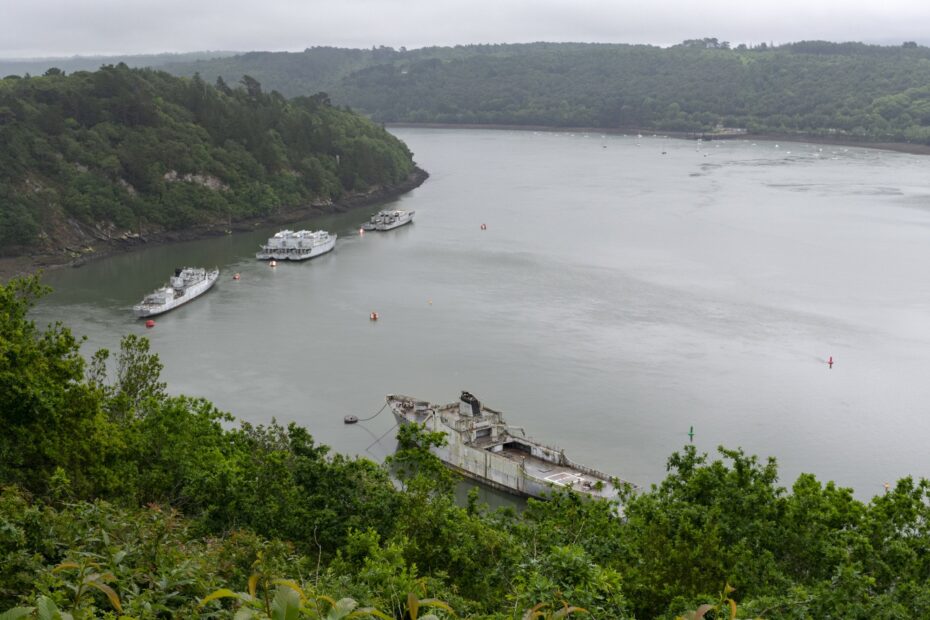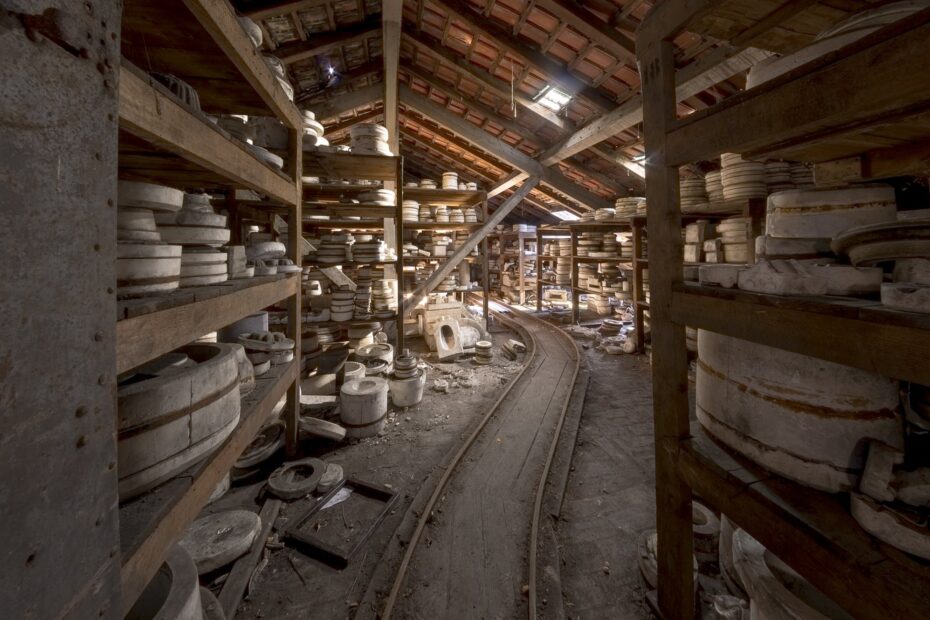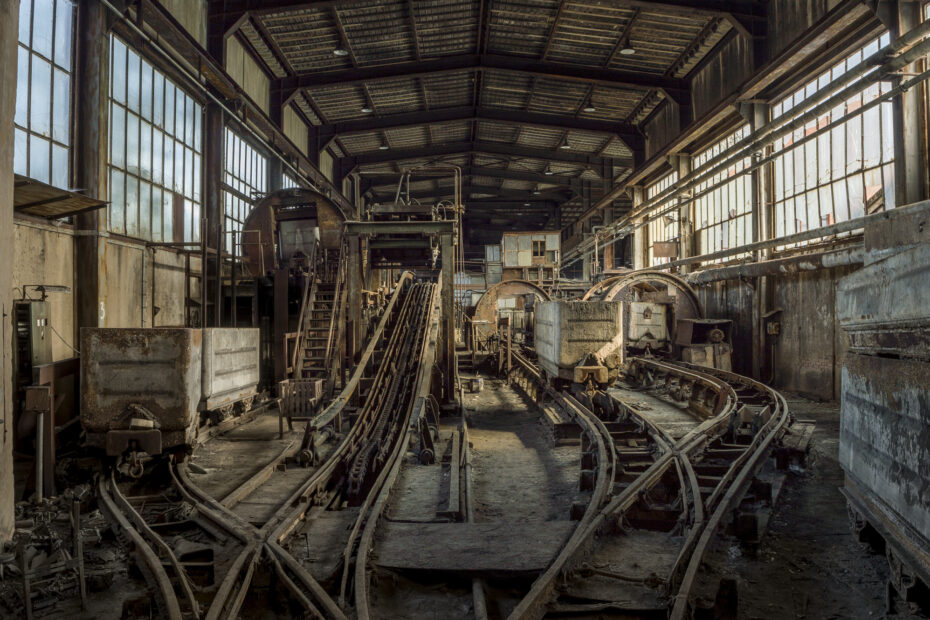Repository 8
During the Cold War, the government was afraid of the Soviet Union cutting off the power to their railways. This 100 meters long tunnel was built in the 1950’s. In case of a power cut off, a diesel locomotive would drive a train with mobile convertors and transformers into the tunnel to ensure power to the railways. This equipment was quite expensive, so they figured it’d be cheaper to put them onto trains and drive them to the places where they were needed. Read More
